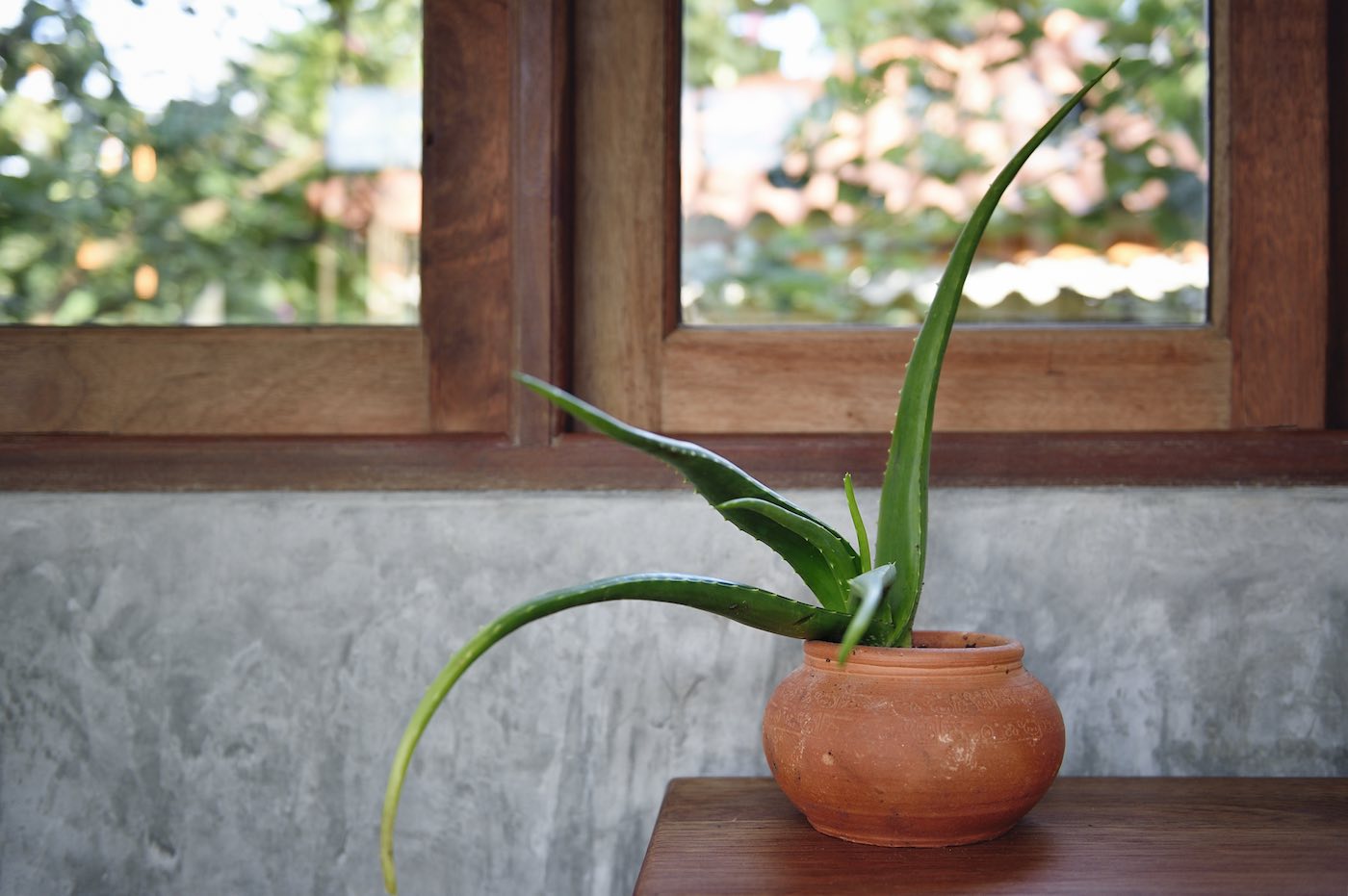
February 04, 2020 at 01:00AM by CWC
Aloe plants are an easy way to add greenery to your home. Many people even keep an aloe plant to treat minor burns or cuts. Just break off a piece of one of the long, juicy leaves and apply the gel to your skin. More than just beautiful, having aloe on hand is super helpful—but only for as long as you can keep it alive. Luckily, the plant can thrive inside without needing much care.
“I have a little like a six-inch aloe in a cute little terra cotta pot,” says Bethany Mieth, co-owner of Oasis Plant Shop in Dallas. “It’s super easy to keep a plant inside of your home, you just have to find that right window.”
How to care for your aloe plant
Find the right variety
There are tons of different kinds of aloe plants. Like, tons. The most popular by far is the aloe vera, but because they’re all in the same family, care instructions are relatively consistent across variations.
ADVERTISEMENT
ADVERTISEMENTKate Spade Autumn/Winter Sale |
But with so many different types of aloe, Jesse Waldman, director of marketing and e-commerce at Pistils Nursery in Portland, Oregon, says you’ll want to find the one that fits your wants and needs. “I have this variety of aloe in my house that is eight feet tall,” he says. “There’s also little aloes that are gonna stay super small in your little pot.” If you want one with medicinal or cosmetic usage, Waldman suggests choosing aloe vera or aloe aristata.
If you have a medicinal variety, don’t cut it it too often. “Even if a plant is inside, it still can feel that it’s winter, and most plants in the cold season go dormant,” says Oasis Plant Shop co-owner Hannah Street. “You might see more growth in the spring and summer than you would in the fall and winter.”
Street likes to use a knife to cut off more mature aloe leaves and store them in the refrigerator or freezer, so she always has cool aloe, which is perfect for a sunburn. If you do this, just be sure not to remove more than two to four leaves at a time, especially if it’s winter, or the plant is less than 2 years old.
Don’t over water
Mieth says one of the biggest mistakes she sees people make with their aloe is overwatering. Street explains that aloes are extremely drought-tolerant.
“It holds a lot of moisture in the plant itself, even when you cut it open it’s like an almost jelly-like material,” says Street. “It really only needs a drink, I would recommend, every three to four weeks.” She says to fully saturate the soil until the water comes out of the bottom of the container down into the saucer.
Waldman says it’s extremely important for your aloe to be able to properly drain.
ADVERTISEMENT
ADVERTISEMENTSports Direct Free Delivery on All Orders! |
“If you pick [a pot] that doesn’t have a drainage hole, and you pot directly into that, all the water that you pour into that soil is staying in that soil,” Waldman says. “It has no escape path, so if you happen to put a little bit too much, it might actually be pooling at the bottom of that container, and then those roots of your plant are just sitting in that standing water, and that’s an invitation for root rot.”
You’ll also need to get a succulent- or cactus-specific soil, Waldman says. “A succulent or cactus mix is gonna have a bunch of sand, maybe some pumice, or lava rock,” he says. The chunkier formula allows the water to drain and dry out more quickly. A standard potting mix is too dense, and can also lead to root rot.
Let it bathe in sunlight
Street says the aloe plant thrives when it’s right outside, soaking in the sun. But, if the temperature dropped below, 40°F the plant would freeze.
“You want to find a nice bright spot, ideally, by a south-facing window,” Waldman says. “Southern exposure is going to give you a nice, bright, even light throughout the day with some direct sun in there as well.” He says east and west exposures are also good for for sun. But, north-facing windows can be pretty dark, especially if there’s a tree or a building nearby.
When it’s inside in the wintertime, Street says you have to be more mindful of when you’re watering it.
“Plants do tend to dry out more in the wintertime with our heaters,” Street says. “We recommend sticking your finger in the soil. If it feels any bit moist, you should absolutely wait. If it feels like it is completely dried out, bone dry, then it would be ready for a drink.”
While we’re on this plant kick, here’s how to make chamomile nice cream:
The easy mistake most people make when it comes to caring for air plants, and here’s how to feng shui your plants.
Author Kara Jillian Brown | Well and Good
Selected by CWC

ADVERTISEMENT
ADVERTISEMENTUp to 30% off Gift Sets |







